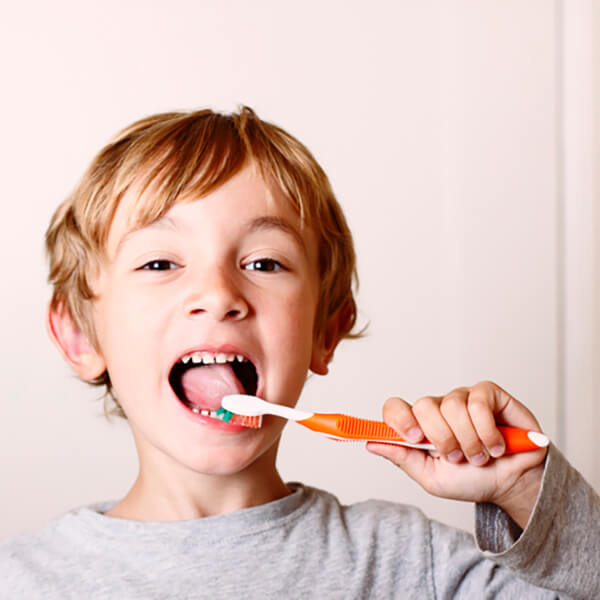Maintaining a proper oral hygiene routine is important to keep your breath fresh and your smile looking bright and beautiful. Brushing and flossing help to remove plaque which is the leading cause of tooth decay and gum disease.
However, maintaining excellent oral health is easier said than done. This is because there is no grey area, you’re either fighting plaque, tooth decay, & cavities aggressively or you’re losing. The second you are done brushing and flossing, the oral bacteria begin rebuilding their fortress. Dr. Terrana’s approach to oral health combines professional cleanings with your dentist and a focus on patient education to allow you to win the fight against oral bacteria.
To Maintain Your Dental Health
- Eat a balanced diet. Eat a variety of foods from each of the five major food groups: breads, cereals, and other grain products; fruits; vegetables; meat, poultry, and fish; milk, cheese, and yogurt.
- Limit the number of snacks that you eat. When snacking, choose nutritious foods, such as cheese, raw vegetables, plain yogurt, or a piece of fruit. Each time that you eat foods that contain sugars or starches, brush and floss your teeth.
- Brush twice a day using fluoride toothpaste and be sure to floss daily.
- Maintain your cleanings and checkups with your dentist every six months.
- Proper Daily Dental Hygiene Is Critical
The best way to remove decay-causing plaque is by brushing and cleaning between your teeth every day. Brushing removes plaque from the tooth surfaces. Cleaning between the teeth once a day with floss or interdental cleaners removes plaque from between the teeth and in the areas where your toothbrush cannot reach. It is essential in preventing gum disease.
Once you get braces, you will immediately notice that it is more difficult to keep your teeth clean because food gets caught in the brackets and between your teeth. Brushing and flossing after meals will keep plaque from forming and needs to be in your daily schedule. To brush your teeth, start with a soft toothbrush and begin brushing at a 45-degree angle to the tooth in small circles above and below your brackets. With braces, your toothbrush will wear out faster, keep an eye out and replace it anytime the bristles begin to fray.
Remember that plaque leaves a mark in the form of a permanent white scar on the surface of your tooth even if it is removed with a thorough professional cleaning. You may want to consider adding a Waterpik or an electric toothbrush to your oral hygiene routine. It is also imperative to continue seeing your dentist twice a year for regular dental cleanings.
Tips for Better Oral Hygiene:
- Carry a travel toothbrush whenever you leave your home. This will allow you to brush after eating, no matter where you are.
- Rinse vigorously after eating. This keeps food from sticking to your teeth when you can’t brush.
- Try an electric toothbrush. Electric toothbrushes are very efficient at cleaning the plaque from your teeth.
Flossing
Flossing with braces may take a few tries to master but the results will make the learning process completely worth it. The first step in flossing is getting the floss under each wire that connects the braces. You can use a floss threader to assist you with placing the floss under your archwires. You can also try floss with a stiff end, this comes in pre-cut strips that are easier to place underneath the archwires compared to regular floss.
Once you place the floss under the archwire, wrap it around the tooth on one side. Then, push the floss upward toward the gum line and pull it back down toward the wire. Repeat this step four to five times to ensure all of the plaque is removed. Be extra careful not to place too much pressure on the wire while you are pulling the floss down. After this, wrap the floss around the neighboring tooth. Once both teeth are done, pull the floss out and move on to the next two teeth, repeat the sequence until you have flossed between all of your teeth.





